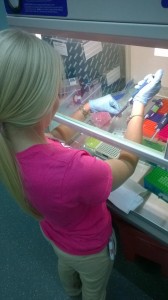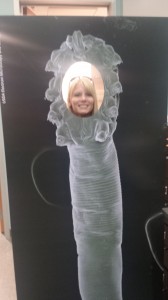I am more than excited to take all that have learned about citizen science and bring it into the classroom. Being able to see and work with real scientists has really change how I think about teaching science drastically. Sure, I have heard of scientists and different things they do in the lab. Sure, I know about the scientific method and have taught it to my students; however, through my experience, I have a “one-up” on other science teachers. I have participated in “real science” and now my students can too!
There are some things that need to happen in order for citizen science to work in the classroom:
1) Students must be engaged.
2) Teacher should be excited as well!
3) All materials should be ready to go.
4) Support should be given to the teacher.
5) PLANNING, PLANNING, PLANNING
As a teacher planning is always essential, but when bringing in “citizen science”, the teacher should be well aware of the plan so that the students can partake with no problem. Sure, we can do citizen science all day, but how will it tie into state curriculum?
The success of engaging the students relies on the teacher, he/she is the one that will be introducing the project, and if the teacher isn’t excited, there is a good chance that the students will not be. I will have no issue with that! I LOVE WORKING WITH PORE MITES! 🙂
To be successful for any project, you have to make sure you have the materials. For examples: I will need to get swabs, something to scrap with, and oil for my project. The students will be scraped for mite DNA, put on a swab, and be sent off to the museum for testing! This is where support will come in. I will need to support of my mentor to extract the DNA, do PCR, and do Gel Electrophoresis so that I can share the results with my students. I will need the support of the principal and parents as well. If I do not have their support, this will not be a success.

